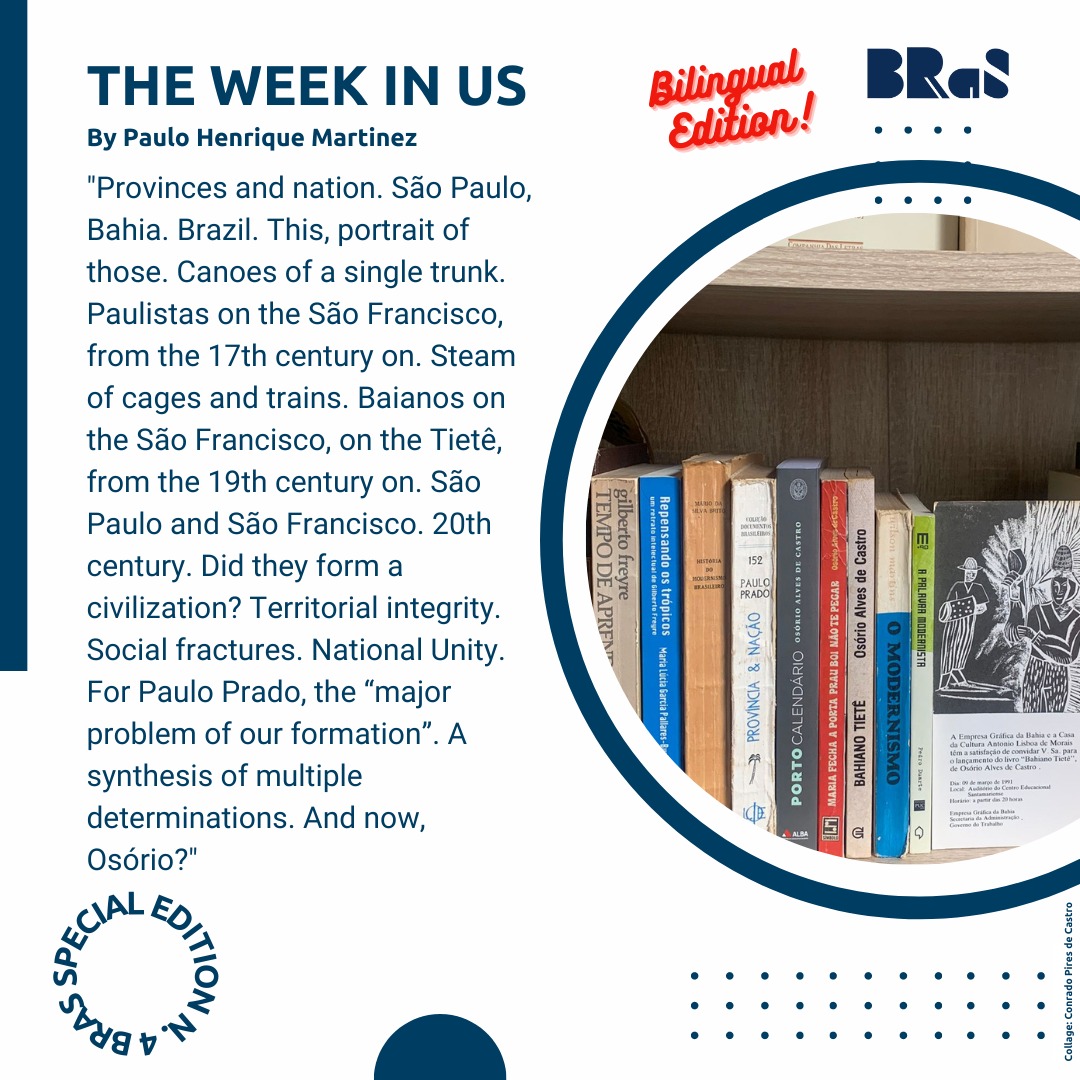Editor’s Note:
This week we open up a space for a contribution of a Mozambican author in our blog. This decision is a result in our belief that this should be an open space for opportunities. We were thrilled to have an original piece coming from so far away. This is an edited version of a longer text. Please contact author for the original piece in Portuguese. We hope this is an interesting read for our readers too.
by Eusebio dos Santos Gervásio*
Translated and edited by Matheus Lucas Hebling
Introduction
Mozambican universities have faced years of numerous challenges and difficulties, especially public universities. The causal factors of these difficulties can be highlighted, in addition to the crisis created by COVID-19: the lack of a clear policy to face the pandemic, and the economic crisis that has plagued the country since mid-2017 due to the impact of the War in Cabo Delgado, which can be perceived by the various economic and social problems that show the fragility of the country resulting from the policies implemented in the last five years, directly affecting the working class, which lives exclusively from the sale of the workforce.
The digital platform at Mozambican universities in the face of pandemics is currently much discussed regarding its application in teaching to soften the impacts of the suspension of classes in person. However, a series of social and affective repercussions permeate educational issues in the pandemic period. Identifying and critically reflecting on these issues is fundamental to contributing to the educational strategies adopted during the pandemic. However, it is impossible to deny that the virtual learning environment has taken place during the pandemic. Some of these environments have task options that range from forums, posting video lessons, texts, and links to external materials to guided studies. It was necessary to reinvent itself so that the various forms of teaching did not stop, and millions of university students around the world were not harmed. For this, hybrid teaching and the inverted classroom were used, in addition, several techniques were adapted, such as lectures, which began to be held virtually via web conferences through digital platforms, such as applications, in addition to activities inspired by active methodologies, which hold the student’s interest, encouraging him to be more participatory and engaged.
The current implementation of digital platforms, assists in the teaching and learning process of students and provides a collaborative learning environment between them are offered to teachers. According to Valente (1991), the insertion of new technologies in schools rises new forms of teaching and learning. We are all relearning to know, to communicate, to teach and to learn, to integrate the human and the technological.
The frequent use of these platforms demands from the teacher a mediating attitude and, by art, from the student an active posture, as this duality provides an interaction productive. Unlike living in the classroom, in the face-to-face format, and in this time of isolation, this new interaction, offered abruptly, asks both the teacher and the student for a proactive attitude. With this vision in mind, the choice of a platform that could virtually mirror the classroom was sought in the data of access to the internet, to the computer and the inference of the use of cell phones, a friendly platform to the two main actors, the teacher, and the student. Digital technologies should be seen as facilitating tools in the teaching process, and their use is a challenge for most teachers, as it is not enough just to know how to handle, but to give a purpose to teaching practice to involve the student in this process. This is a time of adaptation to deal with the challenges, and the teacher should start introducing digital technologies in their practice and especially, to feel safe with their use, because certainly education and the post-pandemic world will no longer be the same.
When we asked teachers if, before the pandemic, they had difficulty handling any digital/interactive tool to teach their classes, most (63%) said they had no difficulty, while 37% of teachers had some kind of difficulty in handling the platforms teaching tools, such as zoom and Google Meet, specifically regarding recording and slideshow features in synchronous classes. This reality, for some, was reversed with the acquisition of new knowledge of handling technologies. This fact is portrayed in the following speech: I needed to learn to produce videos to offer interesting classes without the synchronous presence of the teacher. Portraying the teacher’s resilience and motivation to acquire new technical knowledge to offer a teaching that motivates its students. In the supplementary period, 63% of teachers used interactive applications/platforms to personalize classes/activities, to make them more motivating for student learning.
The experience in using interactive teaching platforms for pedagogical practice in the remote period was considered important for the majority (92.6%), despite the original mechanics of some of these platforms not having been built to be a classroom virtual, but for meetings and other interactions. However, its use was adapted to meet the purpose of each class. And when asked if they intended to continue using interactive teaching tools in face-to-face classes, most said yes (96.3%), while 3.7% said they would not continue. It is believed that future face-to-face classes will no longer be the same as before the pandemic, due to the learning built in this remote period, such as in the teaching methodology of teachers. And it is increasingly noticeable the change in the way of teaching classes and the use of digital educational tools, however, it is not because these tools are widely disseminated in our daily lives that we know how to use all their potential, including didactic-pedagogical possibilities. For this, more information and didactic-pedagogical knowledge are needed to put into practice the use of technology in their classes.
Main Difficulties in the teaching process in the face of the pandemic
Of the main difficulties pointed out by the teachers, it was found that many students do not have access to such technologies. The problems of connections and the limitations of teachers in articulating its use in the teaching process were also evidenced. As for the positive points, the teachers perceived opportunities to learn about and use various technologies for communication in videoconferences or online meetings with those involved in the educational processes, as well as their adoption in the teaching process, providing different classes for students. Finally, some of them indicated that the use of in teaching will not replace. We consider that the difficulties of teachers regarding the use of DT cannot be disregarded and their impressions about this moment can have repercussions on public policies for teacher training, as well as raising reflections in universities for possible changes. One possibility refers to the continuing education of university professors, specifically on the use of technologies in teaching, so that this knowledge can be expanded and later shared with future professors. We also realized the urgency of discussing strategies related to the quality of internet connection for students and teachers. Certainly, during the pandemic, we are facing the production of new educational concepts, demanding that we set aside some of the “old paradigms”, such as education-based only on the transmission of knowledge. The research developed reveals different teaching possibilities, highlighting some possibilities of technologies that can be explored. We believe that new studies on the use of technologies in remote classes can contribute to changes in educational processes. Thus, we suggest the continuity of studies such as those in this research, seeking to understand how teachers are training and applying new methodologies in their educational practices. That said, we can say that on the return of face-to-face activities, the classroom space will need to be remodeled and restructured, seeking to add the technologies used in the remote teaching model to the activities
Conclusion
The health crisis caused by COVID-19 changed all affective and communication relationships. There are many forms of contamination by the virus, due to the high rate of transmission and lethality, especially in the elderly. Among the main measures to prevent the spread of the virus are social distancing and quarantine, which have had a direct impact on education, causing teachers and students to leave face-to-face. It is important to emphasize that digital technologies act as facilitators in the teaching-learning process, and denying their use in classes would be like a setback for education. It is worth remembering that we are going through an adaptation process, in which we keep reinventing ourselves and learning new methodologies. In this sense, technology becomes an opportunity to contribute positively both to remote teaching and to the learning processes, providing new ways of teaching and, above all, of learning. Despite the present challenges, the teacher must have an optimistic view of technology and see it as an ally of the teaching-learning process. This current moment should be seen as an opportunity to redefine academic practice and to change some attitudes in the functioning of university education. But it is also an opportunity for us to share knowledge and learn together to take care of the traditional teaching methodology that needs to be reinvented in practice, to make teaching more attractive, because the way it is, they have not shown satisfactory results in the teaching-learning process. learning. More and more cases of student dropout are present, thus increasing evasion in academic courses, for several reasons, among them, is the student’s demotivation in the face of the teaching methodology that is not focused on the student’s active learning. Continuing education emerges as a fundamental element when it is intended to constitute spaces for study and discussion regarding the use of new technologies. Emphasizing the importance of teacher training actions, providing practical experiences, how to integrate technologies in education, otherwise, it will be difficult to teach their students satisfactorily using them. However, there are still those who resist teaching innovation due to the challenges caused by changes.
Eusebio dos Santos Gervásio, Master’s student in Public and Municipal Management at Universidade Lúrio; Degree in School Planning, Administration and Management from the Pedagogical University, Nampula Delegation; employee of the Human Resources Department at Rovuma University. Rovuma University, eusebiokwatcha@gmail.com
References
Borba, MC, Silva, RS, &Gadanis , G. (2016). Phases of digital technologies in Mathematics Education: classroom and internet on the move (1st ed., 2nd reimp .). Belo Horizonte: Autêntica Editora, (Collection Trends in Mathematics Education)
Mugnol, M (2009). Distance Education in Brazil: concepts and foundations. Diálogo Educacional Magazine, Curitiba, v. 9, no. 27, p. 335-349, 2009. Available at: http://dx.doi.org/10.7213/rde.v9i27.3589.
Saints, I. (2004)Use of new information and communication technologies as a tool in the teaching-learning process in schools in the municipality of Serra do Ramalho – Ba. Masters dissertation. Master’s Dissertation in Educational Sciences – Inter-American Faculty of Social Sciences, in the City of Asunción – Paraguay.
Pereira, M et al. Study of noise pollution by high school students using smartphones (2017).
Peixoto, AG The use of active methodologies as a tool to enhance the learning of use case diagrams. Other Words, v. 12, no. 2, 2016.
Valente, JA (2014). Blended learning and changes in higher education: the flipped classroom proposal. Educar em Revista, Curitiba, Brazil, Special Edition n. 4/2014, 79-97. UFPR Publisher.
VALENTE, JA (1999). The computer in the knowledge society. Informatics in Education Collection. Sao Paulo-SP.
Gervásio, Eusebio dos Santos. 2022. "Digital platforms, teaching and development in Mozambican universities". Brazilian Research and Studies Blog. ISSN 2701-4924. Vol. 3 Num. 1. Available at: https://www.bras-center.com/digital-platforms-teaching-and-development-in-mozambican-universities/, accessed on: December 16, 2025.








